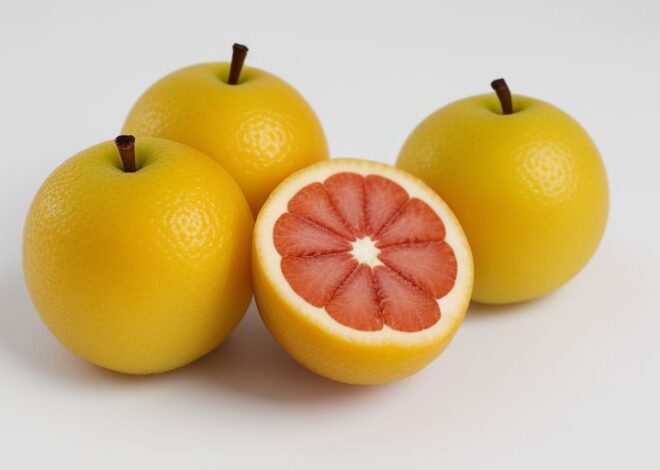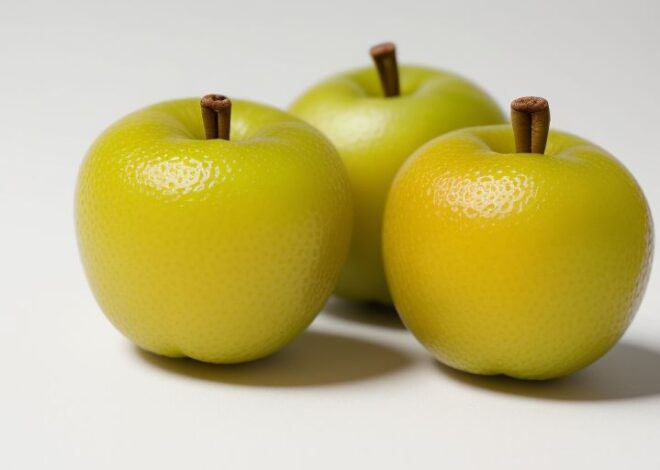
Lulo
Introduction
Lulo (Solanum quitoense) is a unique and fascinating fruit native to the Andean region of South America. Also known as naranjilla, it belongs to the nightshade family (Solanaceae) and is closely related to tomatoes, potatoes, and peppers. Lulo has been an essential part of Andean culture and cuisine for centuries, and its popularity is growing worldwide due to its exceptional flavor, nutritional value, and versatility.
Etymology
The name “Lulo” is derived from the Quechua language, spoken by the indigenous people of the Andes. In Quechua, “lulo” means “orange” or “orange-colored,” which refers to the fruit’s vibrant orange-yellow skin.
Description
Lulo is a small, round fruit with a thin, edible skin that ranges in color from yellow to orange-red. The flesh is juicy and pulpy, with a sweet and slightly acidic taste, similar to a combination of pineapple, strawberry, and orange. The fruit contains small, soft seeds that are easily removable. Lulo plants are shrub-like, growing up to 2 meters tall, with large, oval-shaped leaves and small, white flowers.
Taxonomy and Cultivars
Lulo belongs to the Solanum genus, which includes over 1,000 species of plants. It is classified as Solanum quitoense, with several cultivars developed for specific characteristics, such as fruit size, flavor, and yield. Some popular cultivars include ‘Quiteno’, ‘Naranjilla’, and ‘Purpura’.
| Cultivar | Description |
|---|---|
| ‘Quiteno’ | Large fruit, sweet and juicy |
| ‘Naranjilla’ | Small to medium fruit, sweet and acidic |
| ‘Purpura’ | Deep purple skin, sweet and slightly bitter |
Distribution and Habitat
Lulo is native to the Andean region, including countries such as Ecuador, Colombia, Peru, and Bolivia. It grows in tropical and subtropical regions, at elevations up to 2,000 meters above sea level. Lulo plants thrive in well-drained soil and partial shade, making them suitable for cultivation in home gardens and small-scale farms.
Cultivation
Lulo plants are relatively easy to cultivate, requiring minimal care and maintenance. They are typically propagated through cuttings or seed, and planted in well-drained soil with full sun to partial shade. Regular watering and fertilization promote healthy growth and fruit production.
Production and Uses
Lulo is widely consumed fresh, used in juices, smoothies, and desserts, and made into jams, preserves, and sauces. Its flavor and aroma are also used in traditional medicine, cosmetics, and perfumes. Lulo is an excellent source of antioxidants, vitamins, and minerals, making it a valuable addition to a healthy diet.
| Use | Description |
|---|---|
| Fresh consumption | Enjoyed as a snack or dessert |
| Juices and smoothies | Adds unique flavor and nutrition |
| Jams and preserves | Sweet and tangy, perfect for toast and yogurt |
| Traditional medicine | Used to treat digestive issues and inflammation |
Phytochemistry
Lulo contains a range of bioactive compounds, including flavonoids, phenolic acids, and carotenoids, which contribute to its antioxidant and anti-inflammatory properties. The fruit is also rich in vitamins A and C, potassium, and fiber.
| Compound | Description |
|---|---|
| Flavonoids | Antioxidant and anti-inflammatory properties |
| Phenolic acids | Antimicrobial and antifungal properties |
| Carotenoids | Antioxidant and anti-inflammatory properties |
| Vitamins A and C | Essential for immune function and collagen production |
| Potassium | Crucial for heart health and blood pressure regulation |
| Fiber | Supports healthy digestion and satiety |
Flavor
Lulo’s unique flavor profile is often described as a combination of pineapple, strawberry, and orange, with a sweet and slightly acidic taste.
“Lulo has a flavor that’s both familiar and exotic, like a tropical vacation in every bite.” – Chef and food writer, Maria Baez Kijac
Toxicity
Like other members of the nightshade family, Lulo contains small amounts of toxic compounds called glycoalkaloids. However, these compounds are generally harmless and easily removed through cooking or processing.
Nutrition
Lulo is an excellent source of essential nutrients, including vitamins, minerals, and antioxidants.
| Nutrient | Amount (per 100g) |
|---|---|
| Vitamin C | 30mg |
| Vitamin A | 10mg |
| Potassium | 440mg |
| Fiber | 2g |
|
Continuing from previous response
| Nutrient | Amount (per 100g) |
|---|---|
| Vitamin C | 30mg |
| Vitamin A | 10mg |
| Potassium | 440mg |
| Fiber | 2g |
| Antioxidants | High amount |
Culture
Lulo has significant cultural and symbolic meaning in the Andean region, where it is considered a symbol of good luck, prosperity, and fertility. In traditional Andean cuisine, Lulo is used in various dishes, such as stews, soups, and desserts, and is often served at special occasions like weddings and harvest festivals.
“Lulo is more than just a fruit, it’s a connection to our ancestors and our land.” – Andean farmer and community leader, Juan Quispe
In conclusion, Lulo is a unique and fascinating fruit that offers a wealth of flavors, nutrients, and cultural significance. Its versatility, nutritional value, and cultural importance make it an excellent addition to a healthy and diverse diet.
Tables and Quotes
| Cultivar | Description |
|---|---|
| ‘Quiteno’ | Large fruit, sweet and juicy |
| ‘Naranjilla’ | Small to medium fruit, sweet and acidic |
| ‘Purpura’ | Deep purple skin, sweet and slightly bitter |
| Use | Description |
|---|---|
| Fresh consumption | Enjoyed as a snack or dessert |
| Juices and smoothies | Adds unique flavor and nutrition |
| Jams and preserves | Sweet and tangy, perfect for toast and yogurt |
| Traditional medicine | Used to treat digestive issues and inflammation |
| Compound | Description |
|---|---|
| Flavonoids | Antioxidant and anti-inflammatory properties |
| Phenolic acids | Antimicrobial and antifungal properties |
| Carotenoids | Antioxidant and anti-inflammatory properties |
| Vitamins A and C | Essential for immune function and collagen production |
| Potassium | Crucial for heart health and blood pressure regulation |
| Fiber | Supports healthy digestion and satiety |
“Lulo has a flavor that’s both familiar and exotic, like a tropical vacation in every bite.” – Chef and food writer, Maria Baez Kijac
“Lulo is more than just a fruit, it’s a connection to our ancestors and our land.” – Andean farmer and community leader, Juan Quispe


